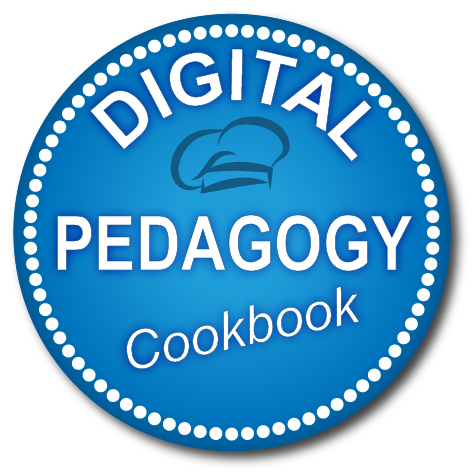Digital Resources
Educators are currently confronted with a wealth of digital (educational) resources they can use for teaching. One of the key competences any educator needs to develop is to come to terms with this variety, to effectively identify resources that best fit their learning objectives, learner group and teaching style, to structure the wealth of materials, establish connections and to modify, add on to and develop themselves digital resources to support their teaching.
At the same time they need to be aware of how to responsibly use and manage digital content. They must respect copyright rules when using, modifying sharing resources, and protect sensitive content and data, such as digital exams or students’ grades.
Digital resources include the following competences:
Selecting digital resources (page 44 of the DigiCompEdu)
To identify, assess and select digital resources for teaching and learning. To consider the specific learning objective, context, pedagogical approach, and learner group, when selecting digital resources and planning their use.
Creating and modifying digital resources (page 46 of the DigiCompEdu)
To modify and build on existing openly-licensed resources and other resources where this is permitted. To create or co-create new digital educational resources. To consider the specific learning objective, context, pedagogical approach, and learner group, when designing digital resources and planning their use.
Managing, protecting and sharing digital resources (page 48 of the DigiCompEdu)
To organise digital content and make it available to learners, parents and other educators. To effectively protect sensitive digital content. To respect and correctly apply privacy and copyright rules. To understand the use and creation of open licenses and open educational resources, including their proper attribution.
